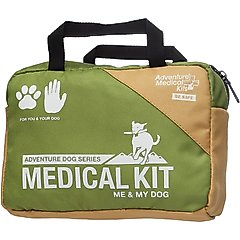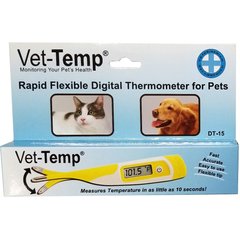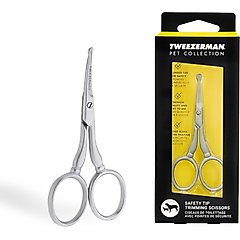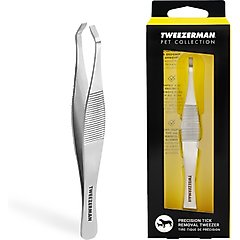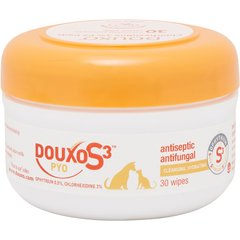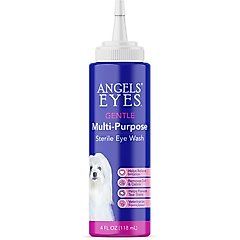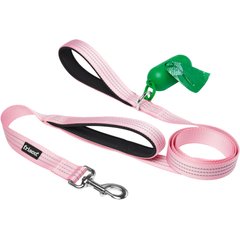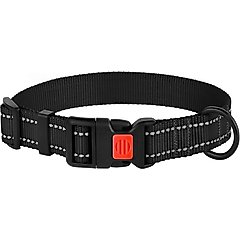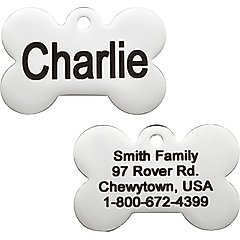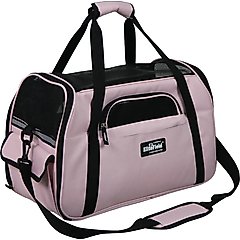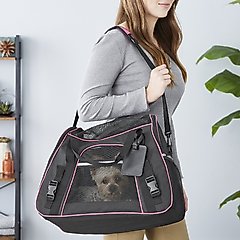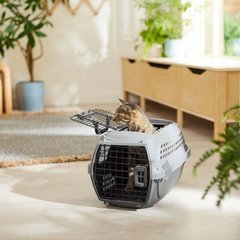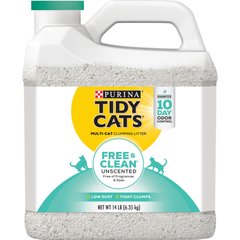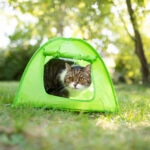Must-Have Items for Your Pet Emergency Kit
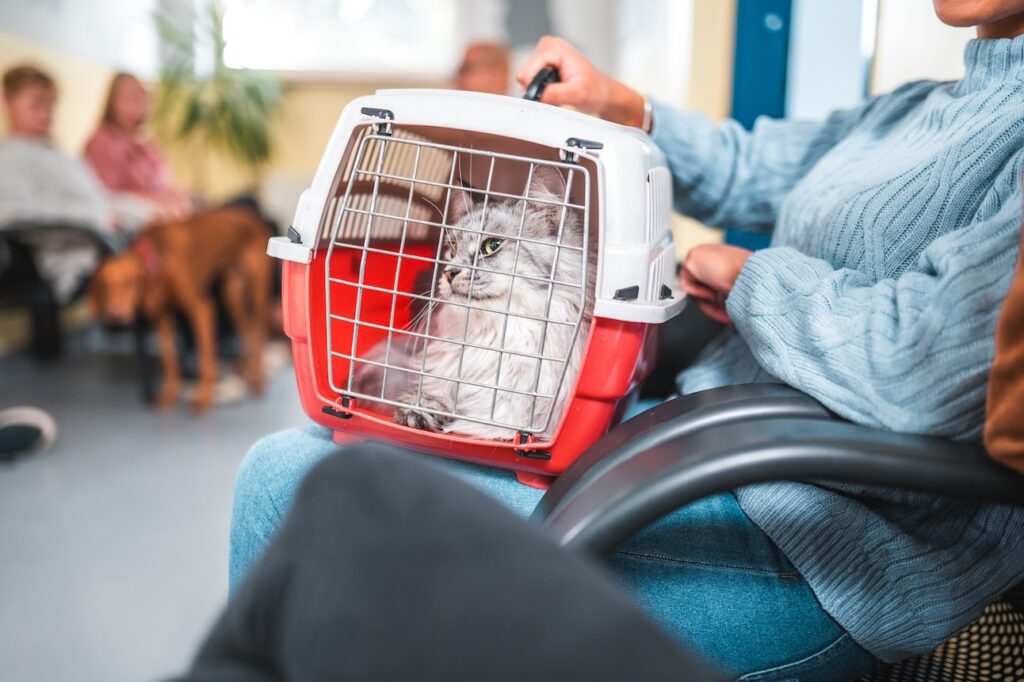
Photo by AzmanL/E+ via Getty Images
Emergencies often have a surprise element, but that doesn’t mean they have to catch you off guard. A little prep—with your pets in mind—can go a long way in minimizing the impact.
“A pet’s first line of defense in emergencies is a well-prepared [pet parent],” says Susan Anderson, ASPCA senior director of disaster response.
Whether it’s severe weather, like a tornado or hurricane, or an event like a fire, a well-equipped pet emergency kit can be a lifesaver. Here are the essential items to include in your kit, based on expert advice.
Key Takeaways
- A well-stocked kit is essential for any emergency.
- Medical records, first aid supplies, food, water, and medications are essential for any pet emergency kit.
- Include comfort items like toys, beds, and blankets to reduce your pet’s stress.
- Preparation not only ensures your pet’s safety, but it also supports overwhelmed animal welfare organizations during large-scale emergencies.
1. Medical Records
Having accurate records of your pet’s medical history and vaccinations is essential, and you don’t want them to become lost or destroyed in an emergency. Anderson recommends storing photocopies of the documents or a USB with a digital version in a waterproof container.
Gather these suggested medical records for your emergency kit:
- Vaccination records
- Rabies vaccine certificate
- Current prescriptions
- A note of your pet’s feeding schedule and medical needs
- Contact information for your vet
- Medical history outlining any surgeries, procedures, or noted allergies
- For dogs: the most recent heartworm test result
- For cats: the most recent FeLV/FIV test result
2. First Aid Kit
A first aid kit is essential in case your dog or cat becomes sick or injured and you can’t access medical care immediately. You can either buy a ready-made first aid kit, like the Adventure Medical Kit for Dogs, or create your own.
Recommended Product
To create your own pet first aid kit, gather these suggested items:
- Thermometer
Recommended Product
- Safety scissors
Recommended Product
- Tweezers
Recommended Product
- Gauze pads
- Cotton balls and swabs
- Adhesive tape
- Elastic cling bandage
- Disposable gloves
- Hydrogen peroxide (3%)
- Antiseptic wipes
Recommended Product
- Antibiotic ointment
Recommended Product
- Cold pack
- Eye dropper (or baby syringe)
- Saline eye wash
Recommended Product
- Sterile eye lubricant
- Styptic pencil
Always consult your veterinarian for any specific suggestions based on your pet’s medical needs.
3. Food, Water, and Medicine
After an emergency, you might not be able to leave your home for basics like pet food or medicine, or these supplies might be hard to come by in stores. In some situations, access to clean, safe drinking water can also be interrupted.
With that in mind, Anderson recommends pet parents keep a seven- to 10-day supply of food in their pet emergency kit, along with a 14-day supply of any medications your pet is currently taking.
It can also be helpful to include written instructions in your pet’s medical kit for any prescriptions (including dosage and routine) so someone else can take care of your pet if needed, says Michael Hyder, DVM, medical director at VEG ER for Pets in Palo Alto, California.
Stocking your emergency kit with these perishable items isn’t a once-and-done task.
“Remember, food and medications need to be rotated out of your emergency kit—otherwise, they may go bad and become useless,” Anderson says.
To keep the kit stocked, she suggests reviewing the contents of your pet emergency kit twice a year, when you change the clocks during daylight saving time. Use up or discard any items that are close to their expiration date and replace them with fresh supplies.
To ensure your pet has plenty of food, water, and medicine, include the following in your kit:
- A seven- to 10-day supply of pet food
- A seven-day supply of clean drinking water
- A 14-day supply of pet medications
- Food and water bowls
4. Leashes, Carriers, and Harnesses
To keep your pet safe and under control during an emergency or in the event of an evacuation, add an extra dog leash, harness, and collar with ID tags to your emergency kit.
Recommended Products
You should also have a kennel and, for kitties, a cat carrier ready for safe transportation and containment.
Recommended Products
When it comes to prepping your pet’s crate or carrier, sooner is often better. Make sure the crate is in good repair, clean, and comfortable for your pet. It should also be clearly labeled with your contact information, Dr. Hyder says.
5. Identification
Along with ensuring your pet is microchipped and wearing ID tags, pack identification documents about your pet in the emergency kit. These documents include:
- Pet registration paperwork or adoption record
- Your pet’s microchip number
- A physical photo of you and your pet
These documents can be important if you’re separated from your pet.
6. Other Supplies
Essentials like food, water, and a first aid kit will help keep your furry friend safe during an emergency. But other items, such as toys and blankets, can bring much-needed relief to your dog or cat.
“Mental stimulation can help reduce stress, especially if you’re indoors for long periods,” Dr. Hyder says. “Puzzle feeders, chew toys, or small plush items can offer distraction and comfort when normal routines are disrupted.”
To complete your pet emergency kit, include these extra items as needed:
- A waterproof container to store all items
- Bags for pet waste
Recommended Product
- For cats: Litter, scoop, and disposable litter box (in a pinch, you can use aluminum roaster pans)
Recommended Products
Recommended Products
- Blankets for comfort
Recommended Product
- Toys
- Treats
- Booties to protect your pet’s paws
Recommended Product
No matter what kind of pet you have, plan now to keep them safe and comfortable through unexpected events or emergencies.
“The rate at which we are experiencing severe weather events continues to increase,” Anderson says. “Ensuring your household and pets are prepared now will help alleviate anxiety and reduce stress when disaster strikes and lessen the strain on local animal welfare organizations that are already stretched thin.”
